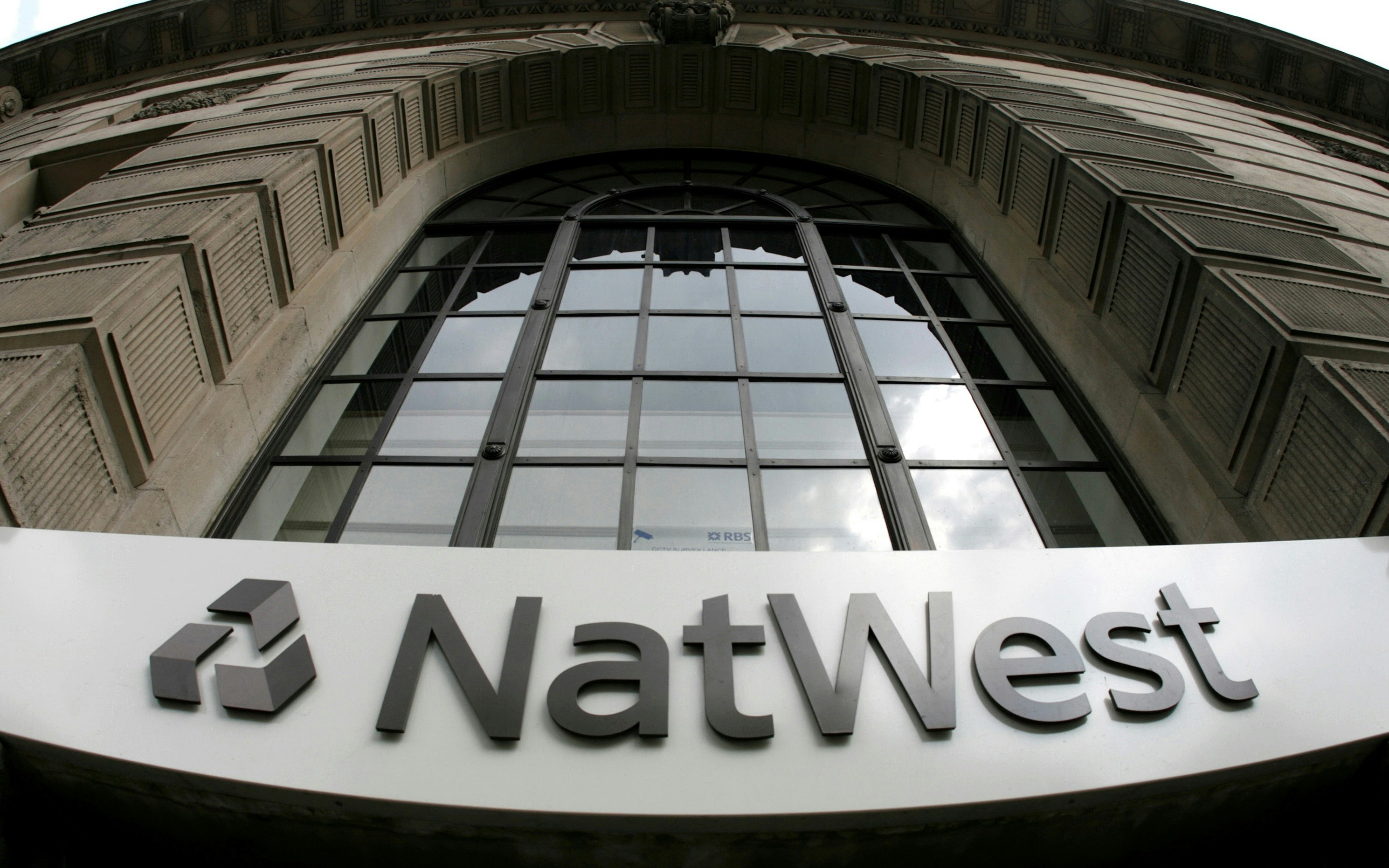Green
India conquers the position of the world's most skillful energy buyer
India's thirst for oil and gas grows with population and economy – price remains critical.

India's Rapidly Growing Population and Economy Have a High Demand for Oil and Gas – At a Reasonable Price. The Global Energy Markets Have Seen a Rollercoaster Ride in Recent Years. While Major Industrialized Countries Were Thrown Off Track, India, Facing Record Imports on a Tight Budget, Almost Enjoys the Ride.
The latest contract entry suggests that the world's most populous country, which continues to rank third in terms of energy consumption but is growing rapidly, is mastering its entry into the major leagues with confidence. The state company Petronet has concluded a contract for the annual off-take of 7.5 million tonnes of liquefied natural gas from Qatar, which is valid for 20 years starting from 2028 - one of the largest deals for the super-chilled fuel.
India Plans to Conclude More Long-Term LNG Supply Contracts as Demand Rises
While the price terms have not been disclosed, the contract comes at an opportune time as LNG prices have dropped significantly from their peak following Russia's invasion of Ukraine in early 2022. According to data from Argus Media, the average price for LNG deliveries to India in 2023 was $13 per million British Thermal Units – significantly lower than the 2022 average of $30.
Currently, the prices for Asian natural gas are at about $8.50, according to Refinitiv. This mega-deal is another example of India's rise as a major energy buyer on the global market, as the country needs to meet its steadily growing energy demand. It has shown that it is capable of closing deals quickly when prices drop due to geopolitical or economic disruptions. India's aggressive purchases of cheap Russian oil have irked many in the West, but have saved money for its refineries and consumers.
Previously, India was a major buyer of crude oil from the relatively nearby Iran, which also faced sanctions. Raghav Mathur, an analyst at Wood Mackenzie, said that it was wise for India to extend the contract with Qatar during a time of lower prices, as this lays the foundation for future contracts. This flexibility is particularly important given the country's low domestic oil and gas reserves, the increasing air pollution crisis, and the growing pressure to move away from coal globally.
A study by the Energy Policy Institute at the University of Chicago has found that India was responsible for 60% of the increase in global air pollution between 2013 and 2021. And air pollution is also an urgent issue domestically. India's fuel mix, along with other factors, has made the air in the capital New Delhi one of the unhealthiest in the world.
Being Green is Particularly Expensive for Developing Countries. According to Mathur, Indian buyers have extended their contract duration to mitigate their risks amid highly volatile energy prices. The focused efforts to secure long-term supply also indicate India's increasing sophistication as an energy deal-maker, as opposed to being a mere opportunist. Agile energy deals are important as India begins to industrialize its economy, modernize its infrastructure, and assert its claims as an alternative to China's factory hub.
It wants to increase the share of natural gas in its energy mix to 15% by 2030 from the current 6%. After China, Japan, and South Korea, India is the world's largest LNG buyer and imports around 45% of the natural gas used in the country. According to Wood Mackenzie, by the end of the decade, it has moved up to third place, with the demand for LNG from India possibly rising to over 90 million tons per year by 2050, compared with just over 20 million tons in 2023.
With 85% of crude oil imports, it hopes to utilize natural gas as fuel for electric vehicles or directly in compressed form to replace part of it in the transportation sector. And although India is hungry for energy, it is often a price-sensitive buyer. The record year for LNG imports of 26 million tonnes took place in the first year of the Covid-19 pandemic in 2020, according to Anu Agarwal of Argus Media for Asia, when weak global demand pushed spot prices to such low levels as $2 per million British Thermal Units.
India absorbed surpluses in the market over the course of the year, while European and Northeast Asian buyers withdrew from the world market. Imports dropped sharply in 2022 as prices rose sharply. The same opportunism was observed in 2022 and 2023, as the world rejected energy imports from India's long-standing ally Russia, which, according to data from S&P Global Commodity Insights, contributed more than 35% of India's total crude oil imports in 2023.
When China Banned Australian Coal at the End of 2020, Affordable Coal Found Its Way to India. According to S&P, Deliveries from Australia to India Increased by More Than 500% in the First Three Quarters of 2021. Finding the Balance Between Energy Security, Sustainability, and Affordability Is No Easy Task. The Indian Elephant Walks Gracefully on the Tightrope.









